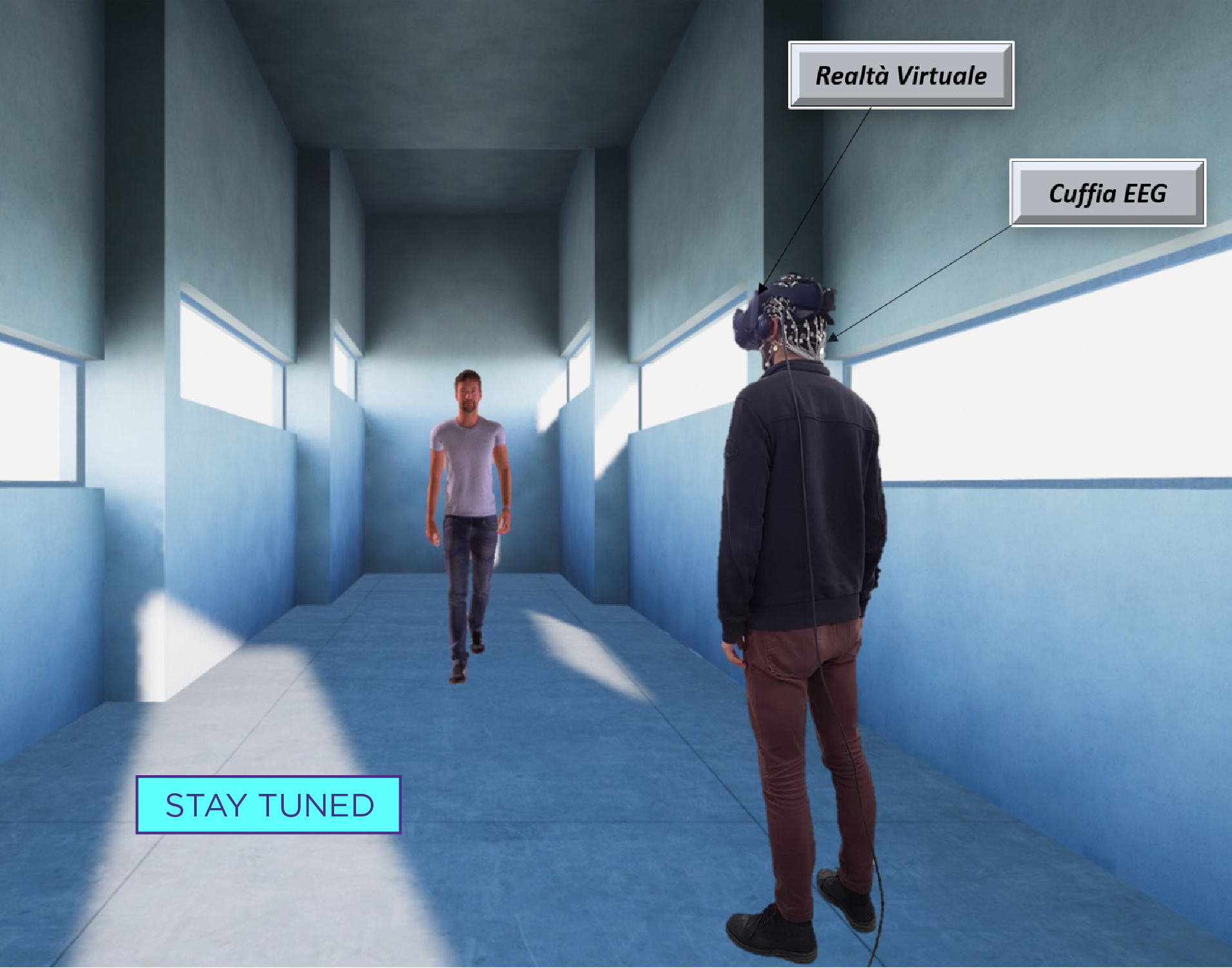The paper illustrating the results of the research project, the result of the collaboration between Lombardini22 and the Parma office of the CNR Institute of Neurosciences, was published in August in the prestigious Scientific Reports, a journal disseminated by Springer Nature.
For Lombardini22 this is a great achievement, the recognition of the rigorous scientific approach that characterizes the ongoing study of the relationship between architecture and neuroscience.
Since 2014 Lombardini22 has been studying the theme of neuroscience applied to the field of architecture with the aim of bringing man back to the center of architectural design. To this path, passionately supported by Franco Guidi, CEO of Lombardini22, and by Davide Ruzzon, scientific referent of Tuned and co-author of the research, many initiatives have been added over the years, such as investment in research and teaching with partners of very high level, primarily the Institute of Neuroscience of the CNR (Parma) and the Università Cattolica del sacro Cuore.
Co-financed by Lombardini22, the NuArch research published in Scientific Reports has been investigating since 2019 the most complex aspects of the relationship between the shape of space and bodily and affective cerebral representations. The acquired knowledge will be used for a more conscious and careful planning of the effects that the spaces will have on the users who will go to inhabit them.
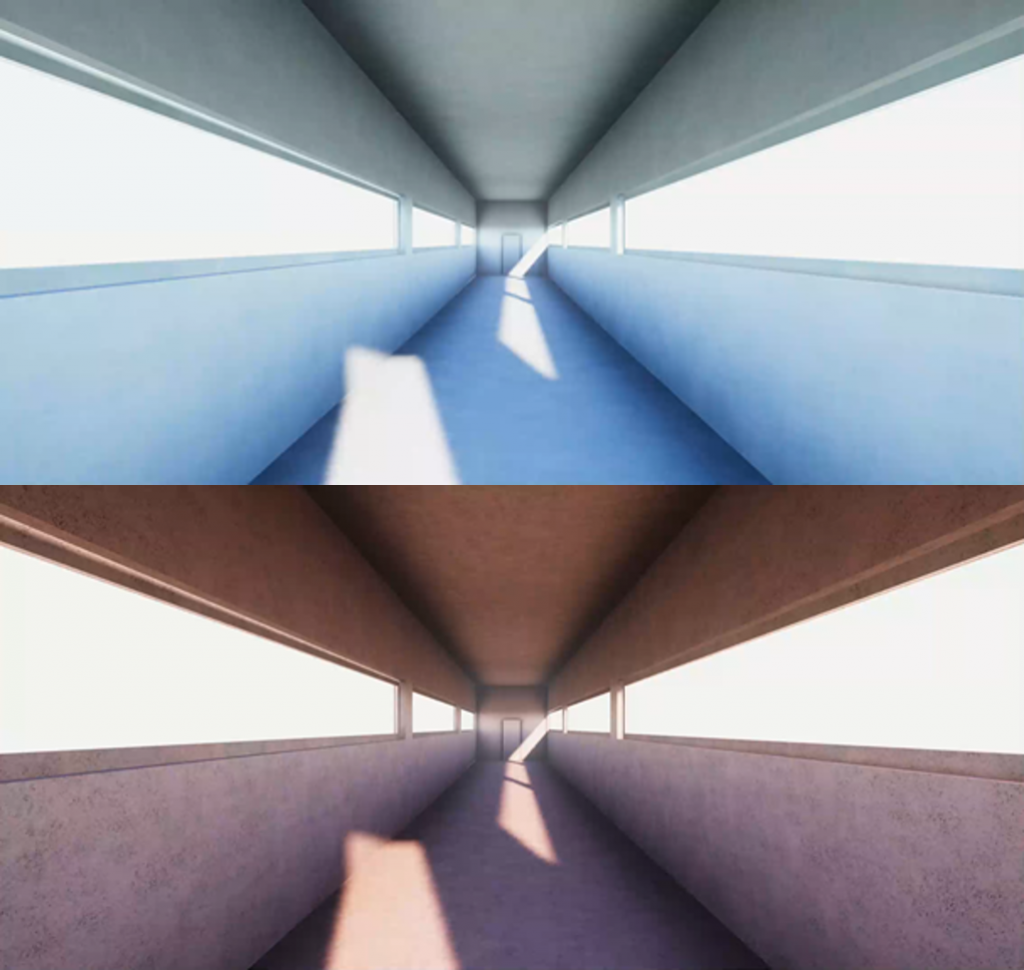
Researchers from the CNR Institute of Neuroscience (Parma) conducted a series of experiments by recording the neurophysiological reactions that arose during a virtual walk in different architectural spaces. For this purpose, 54 virtual environments were generated, characterized by variations in the distance between the side walls, the height of the windows and the ceiling and the color of the environment. To study the emotional impact of the various architectural features, in a first phase, the degree of perceived pleasantness/unpleasantness (valence) and the intensity of physiological activation (arousal) were measured through behavioral tests. The results obtained demonstrate, for example, how opposite experiences in dynamic spaces, in which ceilings and walls are perceived to progressively reduce or extend the mutual distance, modify people’s emotional state, activating or relaxing it. The conclusions of this research form the basis for further experiments on the effects of the architectural experience from a behavioral and psychophysiological point of view.
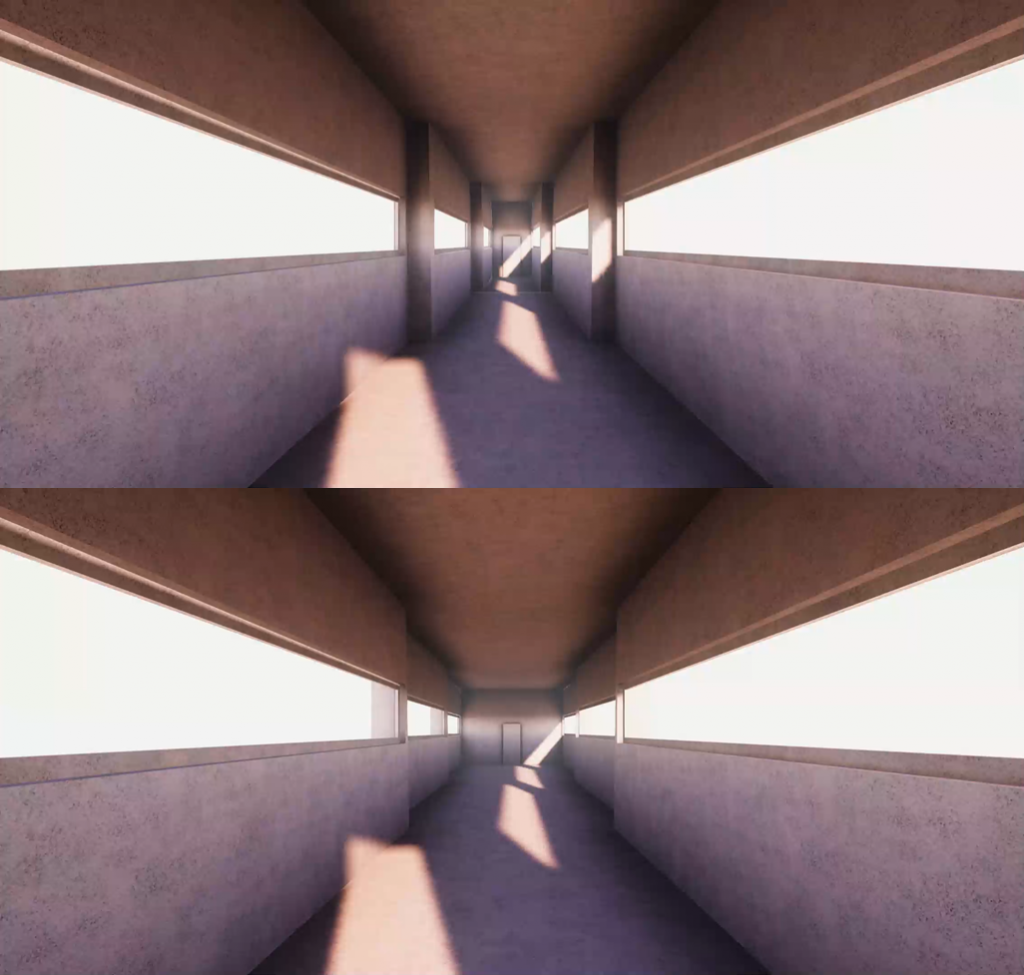
DDLab, the team dedicated to digital at Lombardini22, collaborated on the project and created the research environment in virtual reality, a flexible tool capable of proposing different architectural configurations.
Giovanni Vecchiato, Paolo Presti, Giacomo Rizzolatti and Davide Ruzzon explained the genesis, evolution and perspectives of the research.
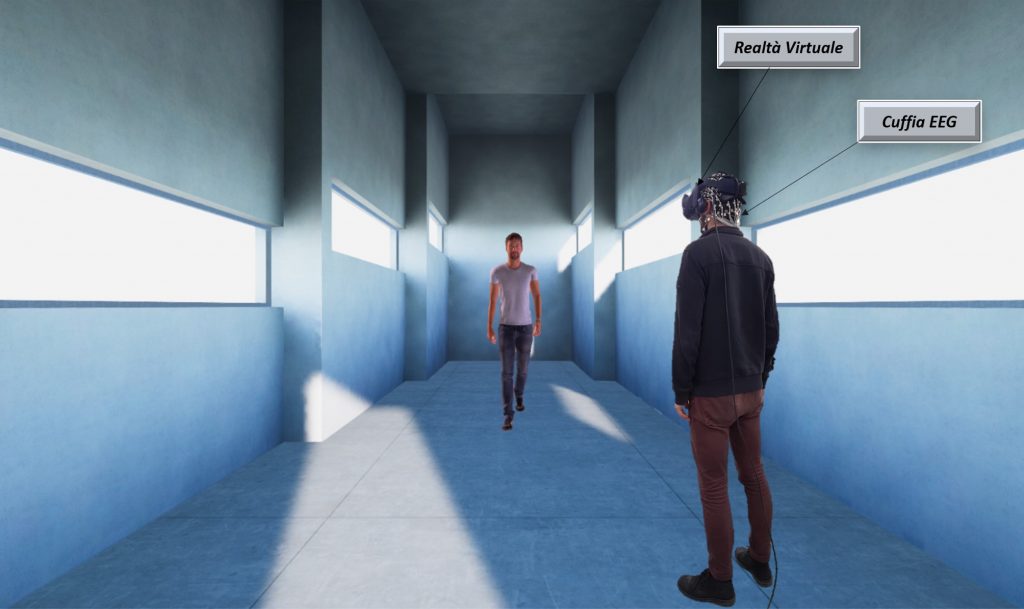
What do you think of the results achieved so far?
Giacomo Rizzolatti: With the study published in Scientific Reports we demonstrate that the dynamic experience of architectural forms influences people’s emotional state, measured with judgments of pleasantness and arousal. However, research into the relationship between architecture and neuroscience is still in its infancy.
We can say that in the dynamic experience of space, shape influences people’s mental states more than color. Interestingly, color differences did not result in significant changes in the same emotional components.
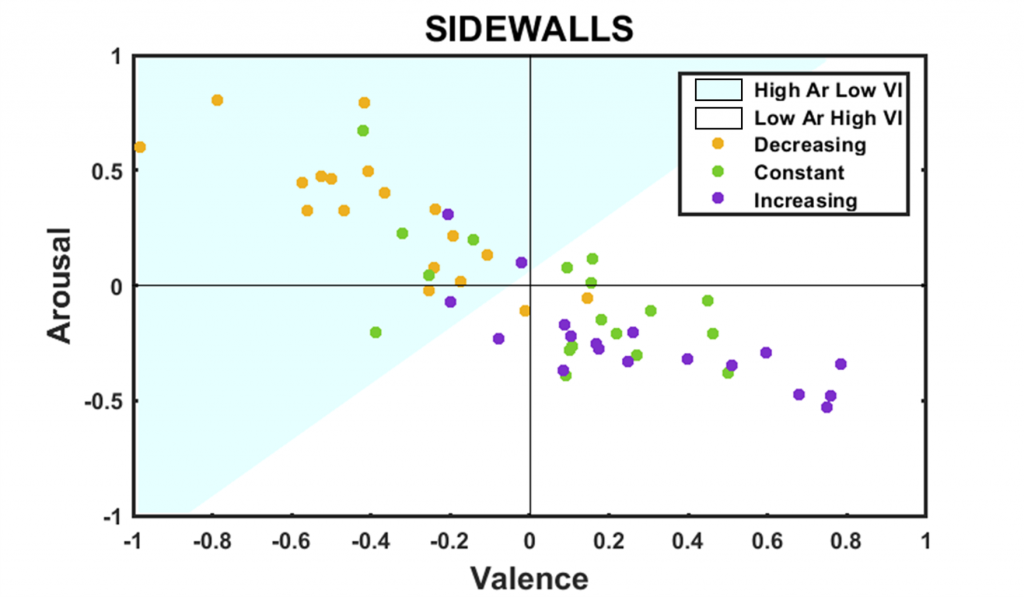
How to spread the project culture oriented towards people’s expectations?
Giovanni Vecchiato: We hope that this research can help in the design of an architecture that meets the needs of users. As neuroscientists, our task is to provide neural evidence that highlights knowledge on the perception of architectural space acquired throughout history empirically by scholars of the subject.
Will the search continue? If yes, what will be the next steps?
Paolo Presti: We have electroencephalographic data which preliminarily describe how the dynamic perception of architecture influences human cortical activity during the observation of bodily expressions. The research is continuing, expanding to the neurophysiological aspects related to the perception of architectural space. This is a first step in demonstrating how architecture modulates social relations.
Subsequent investigations will investigate brain activation using neuroimaging techniques to also observe the activations of subcortical centers known to be involved in emotion processing.
This experiment was carried out using virtual reality, a tool that allows us to measure the dynamic experience of people in spaces with different architectural characteristics in an ecological and controlled way.
NuArch was born from the collaboration between Lombardini22 and the Parma office of the CNR Institute of Neuroscience: how important is private support for scientific research in Italy?
G. Vecchiato: Without the contribution of Lombardini22 it would not have been possible to disclose the results obtained in international scientific congresses and to publish them in high-profile journals. Paolo Presti recently received the “Young Researchers” award at the XXX National Congress of the Italian Society of Psychophysiology and Cognitive Neuroscience presenting the results of the NuArch project.
Furthermore, the contribution that the Parma office of the CNR Institute of Neuroscience received from Lombardini22 made it possible to finance a doctoral scholarship which was fundamental in being able to develop the NuArch project.
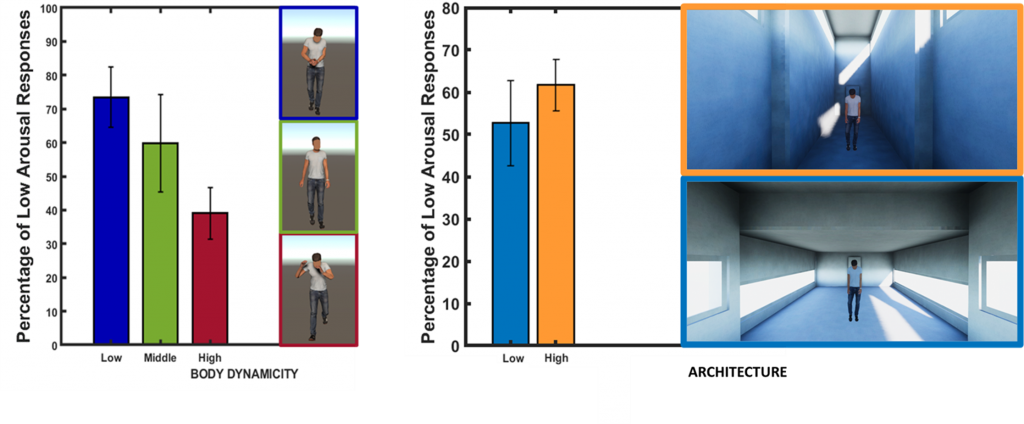
Results of adaptation experiment Preliminary results of a pilot study in which it is highlighted in the left panel that the subjects correctly recognized the level of bodily activation of the avatars. The right panel instead shows how the architecture interacted with the perception of the avatar’s bodily activation state: the subjects in fact perceived a lower level of activation when the avatars were presented within the high arousal architecture
What contribution can this research bring to the architectural discipline, to the design of our living environments?
Davide Ruzzon: The two scenarios in which the encephalic responses of the participants were finally collected – one that relaxes, the other that expands upwards – are geometric constructions that tell us that the shape cannot be chosen at random. The shape must be a response to a need, to an emotional expectation of people, and every expectation has its own geometry that must be studied. If the shape does not respond to what people are looking for, it does not create well-being, but discomfort. With this experiment we have begun to understand the direction to follow.
Franco Guidi: We are proud to collaborate with prestigious research institutes and to invest in scientific research to understand how to improve people’s psycho-physiological well-being through design.
Understanding the effects on the emotions, perception and psychology of the future inhabitants of the spaces designed by Lombardini22 is the goal we have set ourselves and these results confirm the importance of this area of research.
The paper Measuring arousal and valence generated by the dynamic experience of architectural forms in virtual environments is available at the link:
https://doi.org/10.1038/s41598-022-17689-9 https://www.nature.com/articles/s41598-022-17689-9.pdf

